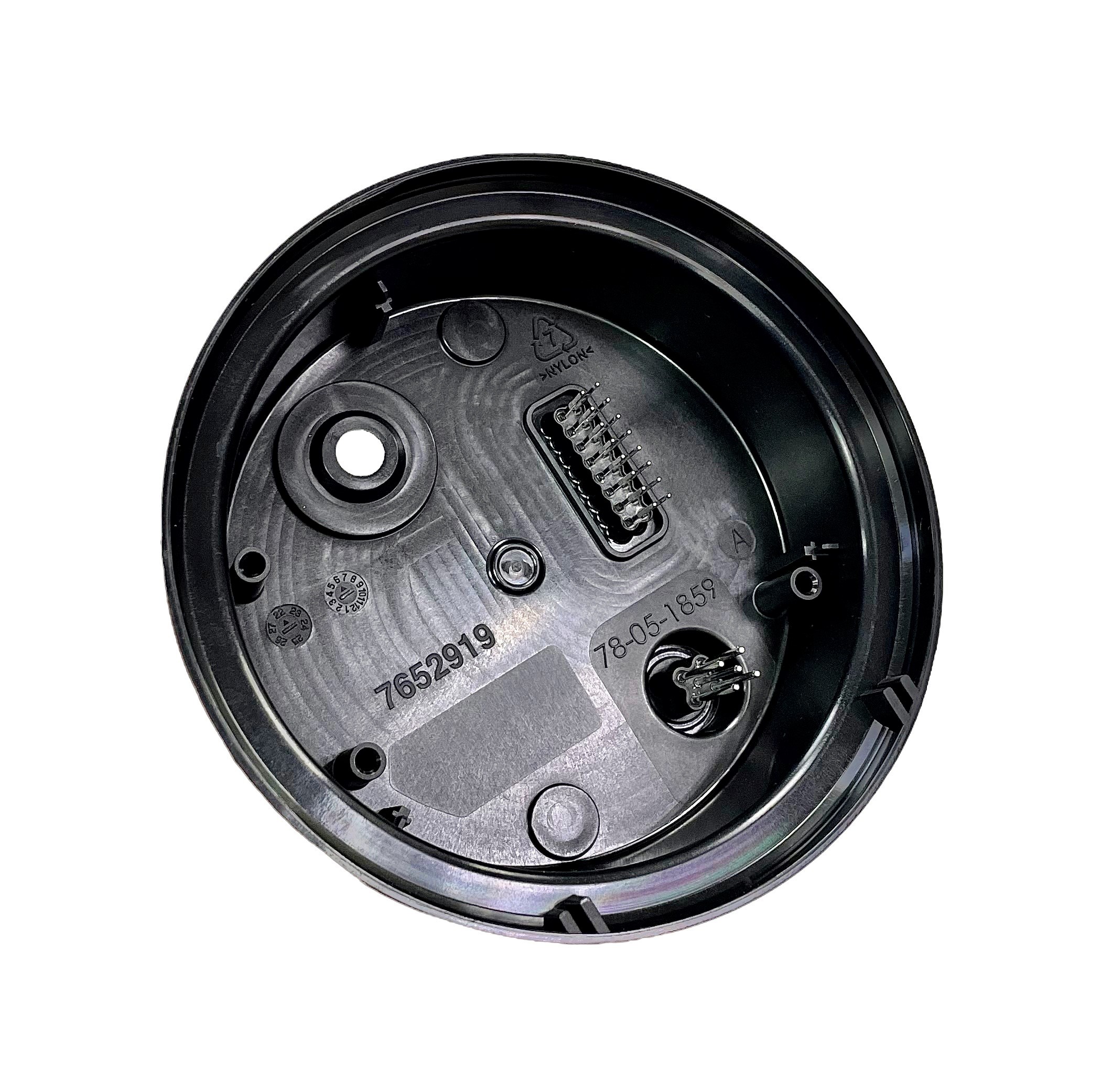Plastic Injection Molding
How to solve the flow mark issue for plastic injection molding?

Flow marks, also known as flow lines or knit lines, are common defects in plastic injection molding, characterized by visible lines or streaks on the surface of the molded part. These defects occur when the molten plastic material cools and solidifies at different rates, resulting in discontinuities in the surface appearance. Here are steps to solve the flow mark issue:
-
Optimize Injection Parameters: Adjust injection parameters such as injection speed, pressure, and temperature to promote uniform material flow and minimize temperature differentials. Use lower injection speeds and pressures to reduce shear stress and minimize the risk of flow marks.
-
Gate Placement and Design: Review the gate design and placement to optimize material flow and minimize the risk of flow marks. Position gates away from critical part features and ensure that the gate design allows for even distribution of material throughout the mold cavity.
-
Improve Mold Venting: Enhance mold venting to allow trapped air or gas to escape more effectively during the injection process. Ensure that mold vents are strategically placed and properly sized to facilitate the evacuation of air and prevent flow marks.
-
Optimize Cooling System: Implement an efficient cooling system to promote uniform cooling and solidification of the plastic material. Adjust cooling channel layout, flow rates, and temperatures to minimize temperature differentials and reduce the risk of flow marks.
-
Minimize Material Degradation: Prevent material degradation by minimizing residence time in the barrel and optimizing melt temperatures. Avoid excessive overheating or prolonged exposure to high temperatures, as this can degrade the material and increase the risk of flow marks.
-
Reduce Mold Temperature: Lower the mold temperature to promote slower, more controlled material solidification and minimize the risk of flow marks. Adjust the mold temperature settings based on material properties, part geometry, and cycle time requirements.
-
Utilize Mold Surface Treatments: Apply mold surface treatments, such as polishing or texturing, to improve material flow and minimize the risk of flow marks. Smooth mold surfaces promote uniform material distribution and help reduce surface imperfections.
-
Use Mold Inserts or Baffles: Incorporate mold inserts or baffles into the mold design to redirect material flow and minimize the risk of flow marks. Properly positioned inserts or baffles help distribute material more evenly throughout the mold cavity, reducing the likelihood of flow marks.
-
Optimize Part Geometry: Modify part geometry to minimize sharp corners, thick sections, or complex features that can contribute to flow marks. Design parts with smooth transitions and uniform wall thickness to promote even material flow and reduce the risk of flow marks.
-
Perform Mold Maintenance: Regularly clean and maintain the mold to prevent buildup, damage, or wear that can affect material flow and increase the risk of flow marks. Inspect the mold surfaces regularly and address any issues promptly to ensure optimal performance.
By systematically addressing these potential causes and implementing appropriate corrective actions, you can effectively solve the flow mark issue in plastic injection molding, resulting in improved part quality and surface appearance.
